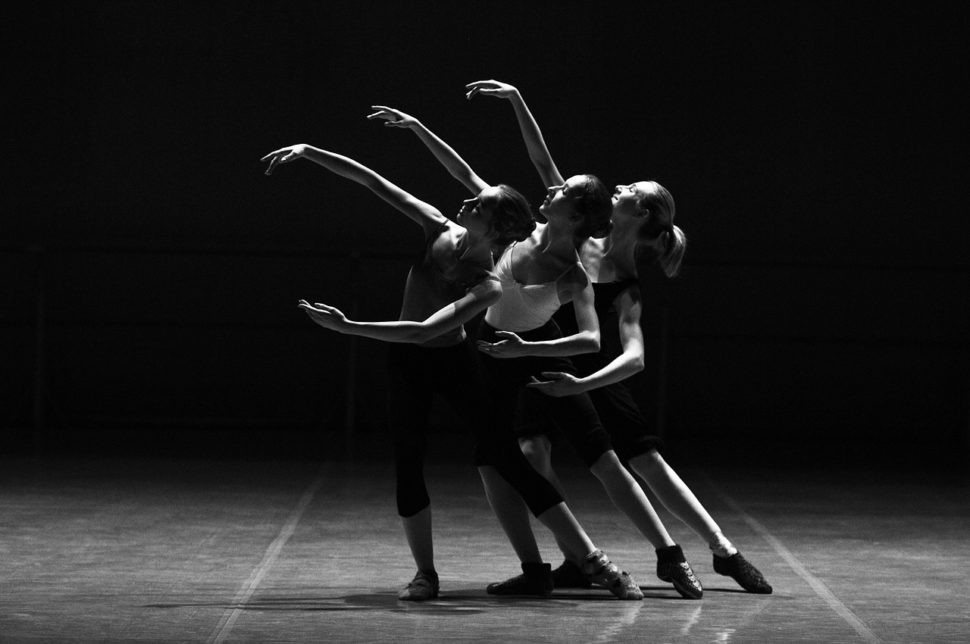At first glance, art seems to be as far away from science as Earth from the Moon.
The first speaks to the heart and samples the imaginary, while the latter questions reason and dissects reality.
Sharing neither the same specific purposes nor the same methods, art and science find common ground in their pursuit of the truth and ambition to elevate human society.
The side-by-side development of the two disciplines allows for connecting bridges between them and stimulates mutual cross-fertilization.
Read More: How Art and Science Intersect
We can use artistic means to interpret and elucidate scientific questions.
What can possibly make physics theories and dance choreography meet? They aren’t so foreign to each other. For starters, there’s some physics going on in dancing, and there are “dancing electrons”.
So You Think You Can Dance Your PhD
If I said to you: “Non-Local Electrodynamics of Superconducting Wires: Implications for Flux Noise and Inductance”, does it conjure up the idea of dancing?
This is the title of a graduate research paper from the University of Alberta, Canada.
Most people don’t make much of condensed matter physics, which is one of the esoteric topics that conjures up jargon-laden debates.
But what if you could visualize this Ph.D. dissertation as a music video?
Pramodh Senarath Yapa, now a Ph.D. student at the University of Alberta, who wrote the paper, also choreographed a dancing version of his doctoral thesis.
The dance earned Yapa first place in the 2018 Dance Your PhD contest that comes with a $1,000 cash prize and “immortal geek fame”.
Launched in 2008, Dance Your PhD is an annual contest sponsored by Science Magazine and the American Association for the Advancement of Science (AAAS) in which they challenge students in chemistry, biology, physics, and social sciences to turn their Ph.D. research into an interpretive dance.
A panel of scientists and artists selects winners based on three scores: “scientific merit, artistic merit, and creative combination of the science and art”.
So to win, an entry should effectively explain the science in the thesis, have an artistry to it, and the overall performance should also creatively mix the two.
“Most people would not normally think of interpretive dance as a tool for scientific communication,” says one of the contest judges. “However, the body can express conceptual thoughts through movement in ways that words and data tables cannot. The results are both artfully poetic and scientifically profound.”
Here’s the 2018 Dance Your PhD video featuring Yapa and his friends jigging around to rollicking music.
This video was chosen as the overall and physics category winner among 49 entries submitted by other contestants. You can check them all on YouTube via the contest website.
There are three other winners for the 2018/2019 Dance Your PhD contest.
In the Social Science category, Roni Zohar chose to explain her thesis, which is about how “dancing” might be used as a tool to learn physics, or “Movements as a Door for Learning Physics Concepts – Integrating Embodied Pedagogy in Teaching”
Olivia Gosseries, “Measuring consciousness after severe brain injury using brain stimulation,” won in the biology category.
And in the Chemistry category, the prize went to Shari Finner, “Percolation Theory – Conducting Plastics”.
Initiatives like these help scientists gain a wider audience for their studies while also giving the public a new way of understanding complex topics. Like many things in the world of art, this award helps both parties further understand the subject being studied along with the wider world around us.



















Comments (0)
Most Recent